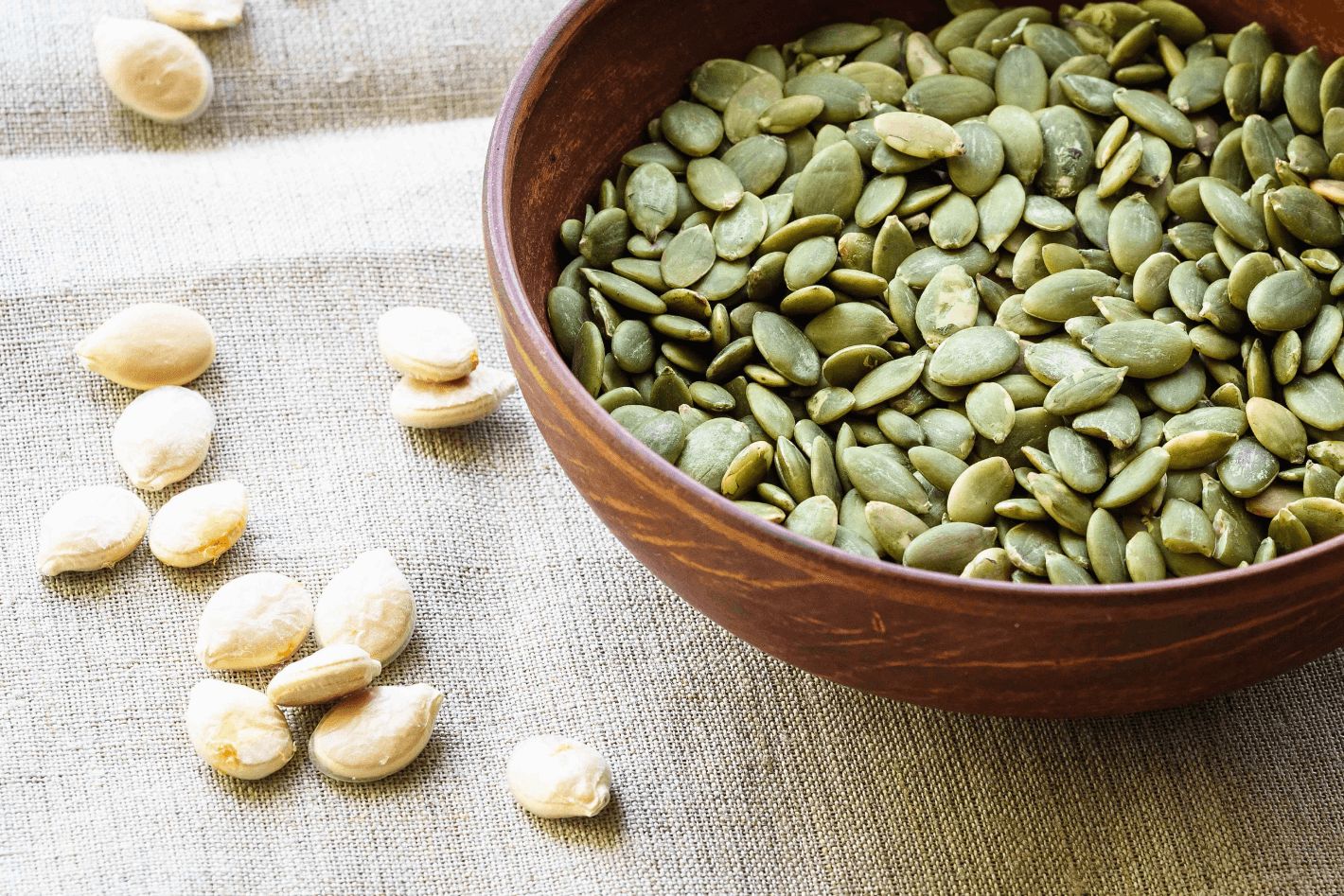- Thriving Guide
- Posts
- Grinding Pumpkin Seeds Makes Them More Nutritious
Grinding Pumpkin Seeds Makes Them More Nutritious
From easier digestion to better nutrient absorption, here's why you might want to swap whole seeds for ground in your daily meals.

Pumpkin seeds are a nutritional powerhouse, rich in magnesium, zinc, iron, healthy fats, and plant-based protein. But if you're eating them whole, your body might not be getting the full range of benefits. Grinding pumpkin seeds can unlock a higher level of nutrition, making their valuable nutrients more bioavailable and easier on your digestive system.
Here are five science-backed reasons to consider grinding your pumpkin seeds before your next snack or smoothie.
1. Better Mineral Absorption
Whole pumpkin seeds contain phytic acid, a natural compound that can bind to minerals like magnesium, zinc, and iron making them harder for your body to absorb. Grinding the seeds breaks down their tough outer layer, giving digestive enzymes better access to the nutrients inside.
One ounce of pumpkin seeds delivers 37% of your daily magnesium needs and 19% of your daily zinc, but only if your body can access them.
Combining grinding with soaking or roasting further reduces phytic acid, according to registered dietitians.
“Grinding allows digestive enzymes better access to the seed’s interior, improving nutrient absorption and supporting easier digestion,” says cardiology dietitian Michelle Routhenstein, MS, RD.
2. Easier Digestion of Protein and Healthy Fats
Pumpkin seeds are more than just mineral-rich they also contain 7 grams of protein and 13 grams of fat per ounce. Grinding them mimics part of the digestion process, breaking them down so your body can more efficiently access those essential macronutrients.
“This is essentially pre-digestion,” explains Janelle Connell, RDN. “Mechanical breakdown helps enzymes do their job more effectively.”
That means better absorption, improved satiety, and sustained energy especially helpful if you’re using pumpkin seeds in post-workout smoothies or plant-based meals.
3. Gentler on the Digestive Tract
If whole seeds feel heavy in your stomach or cause bloating, grinding them can help. Smaller particles move through your system more easily and are less likely to cause discomfort.
Connell notes this can be especially beneficial for:
People with dental issues or difficulty chewing
Those who tend to eat quickly or inadequately chew food
Anyone who finds whole seeds hard on the gut
You’ll still get the digestive benefits of fiber—but without the bloating that can happen when large seed fragments are left undigested.
4. Improved Gut Health and Metabolism
Grinding doesn’t just make nutrients more available to you it also enhances what your gut microbes can access. More accessible fiber and polyphenols in ground seeds can help support a healthier gut ecosystem.
Connell explains that this leads to increased production of short-chain fatty acids (SCFAs) compounds produced when gut bacteria ferment fiber. These have been linked to:
Better digestion
Enhanced immune function
Reduced inflammation
Improved blood sugar control
One 2022 study in Foods found that SCFAs can play a significant role in metabolic health and protecting the integrity of the gut lining.
5. It’s a Simple, Nutrient-Dense Upgrade
No special equipment is needed just use a coffee grinder, blender, or food processor. Ground pumpkin seeds blend seamlessly into both sweet and savory meals and offer a mild, nutty flavor that enhances everything from yogurt to soup.
Try adding 1–2 tablespoons to:
Smoothies
Oatmeal
Overnight oats
Baked goods
Soup or stew as a thickener
Homemade granola or snack bars
Storage tip: The healthy fats in pumpkin seeds are sensitive to heat and oxygen. Grind small batches and store them in an airtight container in the fridge or freezer to preserve freshness and flavor.
If you found this article helpful, share it with a friend or subscribe to our newsletter for more health-focused tips and recipes.